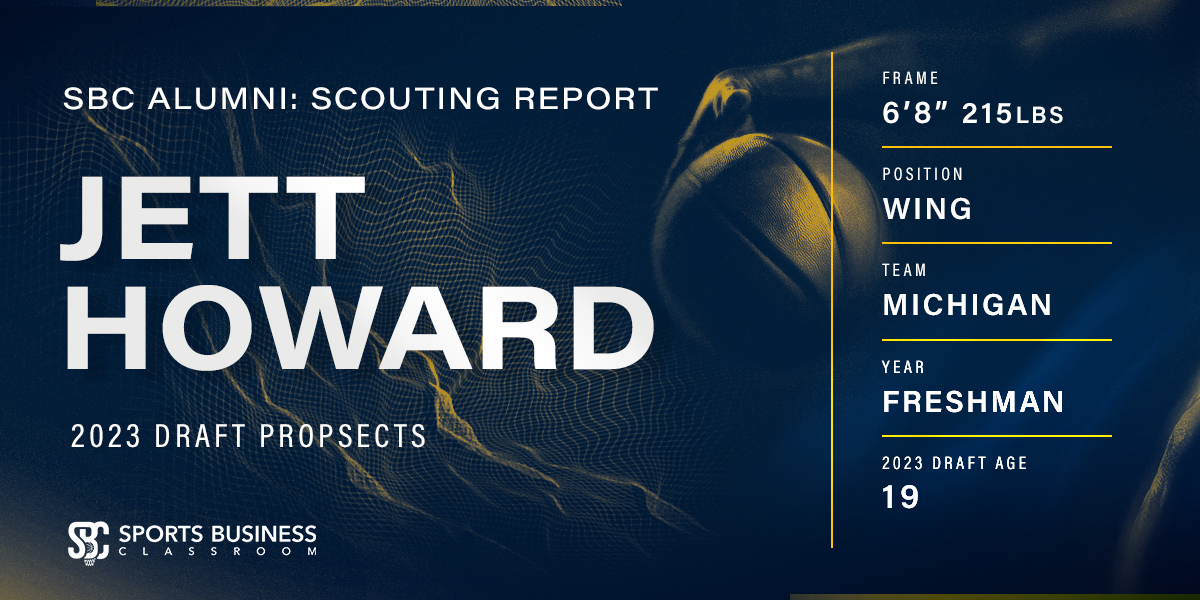
[The following scouting report is part of a series on potential 2023 draft prospects from Sports Business Classroom alumni.]
Jett Howard
Frame: 6’8″ 215 lbs
Position: Wing
Team: Michigan
2023 Draft Age: 19
Stats via www.sports-reference.com
Offense
Howard’s biggest strength is his ability to space the floor from behind the arc. His form is sometimes inconsistent due to a lower release of his shooting arm, but his size and fluidity allow him to get up shots quickly and rise over most smaller defenders. He can score in bunches. Howard’s quick feet suggest he’ll be an effective shooter on the move off of stagger screens.
His lower release can cause issues when a defender is of a similar height or possesses enough length to make Howard uncomfortable. Howard would benefit from a higher release point but shot a respectable 36.8 percent on 212 attempts from three this season, according to www.barttorvik.com.
Howard has flashed some upside as a shot-creator, typically relying on one or two dribbles to either freeze defenders with hesitation or a combo move to rise over them. He possesses a variety of dribble moves and has a good touch on his floaters, as he can consistently make these right-handed shots when coming off a stagger screen or dribble-handoff and attacking downhill. He shot 41.7 percent from the mid-range area on 72 total attempts.
Howard shows flashes of quality touch around the rim as a finisher in extremely limited sample sizes (due to a reluctance to attack). He only took 47 shots at the rim this season and finished on 61.7 percent of those attempts. His touch and efficiency in the mid-range translate to finishing around the rim. He primarily uses his right hand for everything, including inside layups on the left side. He has solid body control and can get off attempts in traffic through other wings or big men.
When tasked with playmaking for others, Howard has shown positive signs. He possesses a variety of dribble moves that allow him to split defenders and attack the middle of the floor. Howard does a solid job handling pressure and always keeps his dribble alive. He thrives when attacking off of dribble-handoffs, drawing defenders in before finding his big man rolling to the rim. He has shown some ability to find the open man when the ball is moving, especially in transition, where he puts pressure on the defense before finding one of his teammates on the win or corner. He also had great synergy with his big man Hunter Dickinson, throwing him quality entry passes or hitting him quickly when defenders would fall asleep. He averaged 2.0 assists per game and had a 12.9 assist percentage for the Wolverines.
His low quantity of finishing around the rim also affected his free throw rate, taking only 75 free throws on the season. He converted 80 percent, and his shooting hand is noticeably higher while his guide hand peers outward, which is something to monitor as his career progresses.
Defense
Howard struggled to defend on ball. His footwork and slow hips result in him grabbing his man and picking up a foul. In some circumstances, his length gives him enough leeway to recover in front of the offensive player. But in general, he should be viewed as an off-ball defender at the next level.
He was a liability on pick-and-roll defense, struggling to get over or under screens. He often needed to switch onto the screener, creating a mismatch for the defense. That led to the screener often rolling to the rim and scoring off of a two-on-one situation.
Howard struggled to guard bigger forwards or big men, offering little to no resistance on drives or in the post. His poor footwork and lack of strength negated his length advantage on the perimeter. He averaged 2.6 defensive rebounds per game, with his lack of strength or vertical pop prevented him from securing boards amongst other wings or big men,
Howard provided some value as a help defender, rotating to prevent dribble penetration on the strong side. He rotated well on the weak side, but the screen navigation issues were also apparent. He can also be attacked when closing out on the perimeter and doesn’t create many turnovers, as he averaged 0.4 steals and 0.7 blocks for the season.
Looking Ahead
With his height and skill level, Howard brings shooting both on and off the ball. Combined with tertiary to possibly secondary-tier playmaking, Howard could be a quality offensive player at the next level. His struggles on the other side of the ball leave much to be desired and hamper his overall value.
If he can find a way to contribute defensively, Howard would project to be a quality starter, with his true upside as a core offensive piece on a contender.


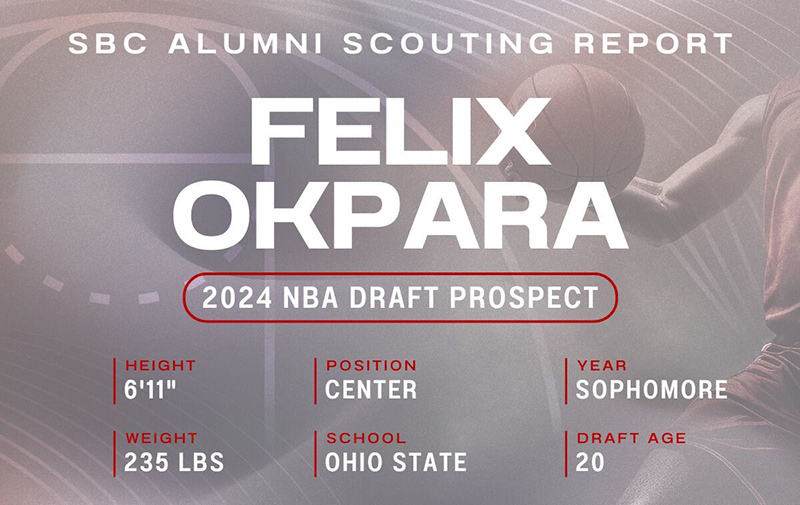
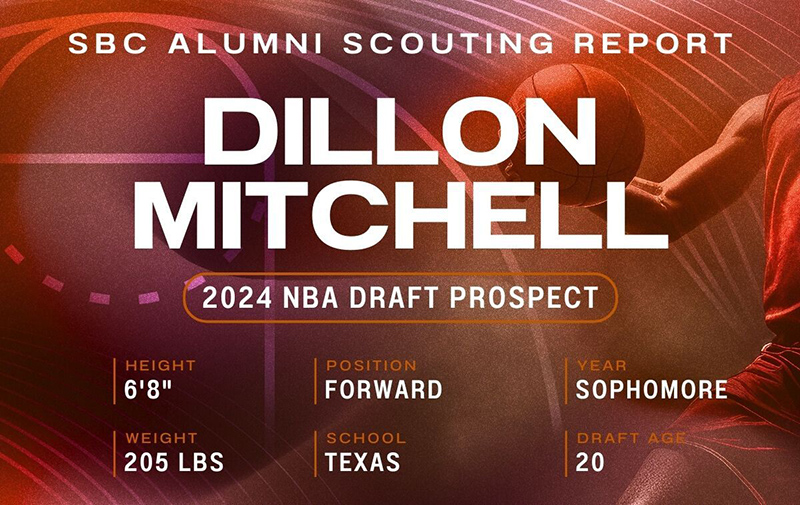
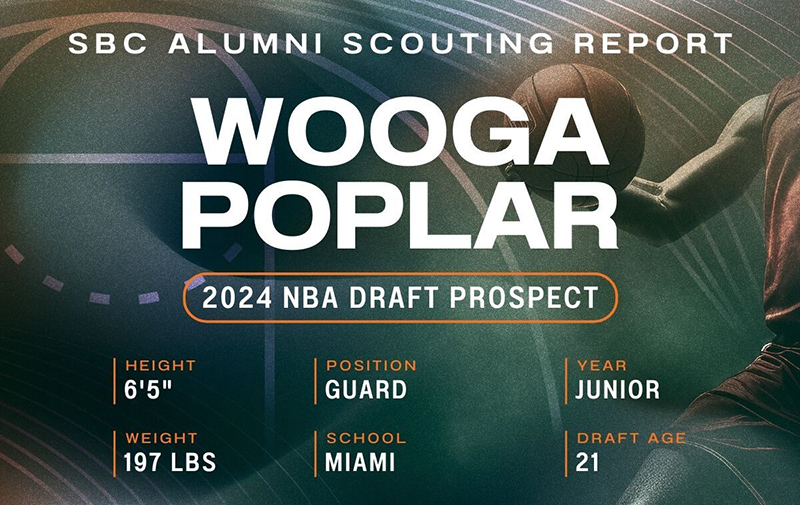
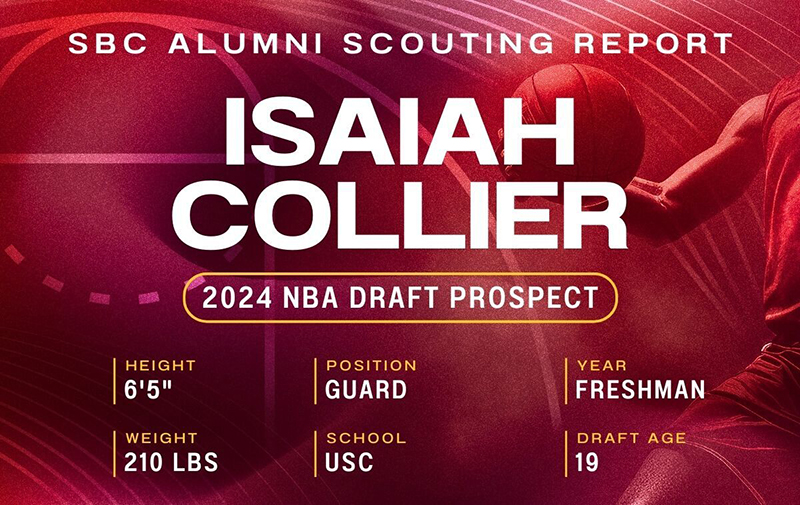
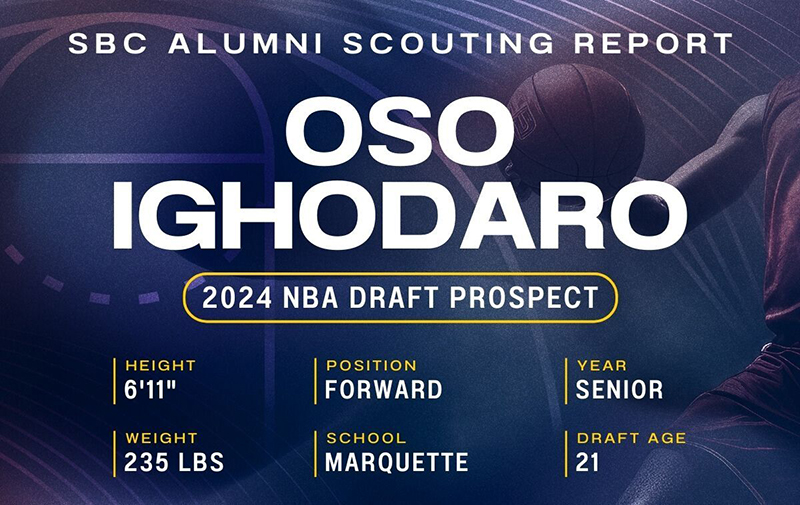
Leave A Comment